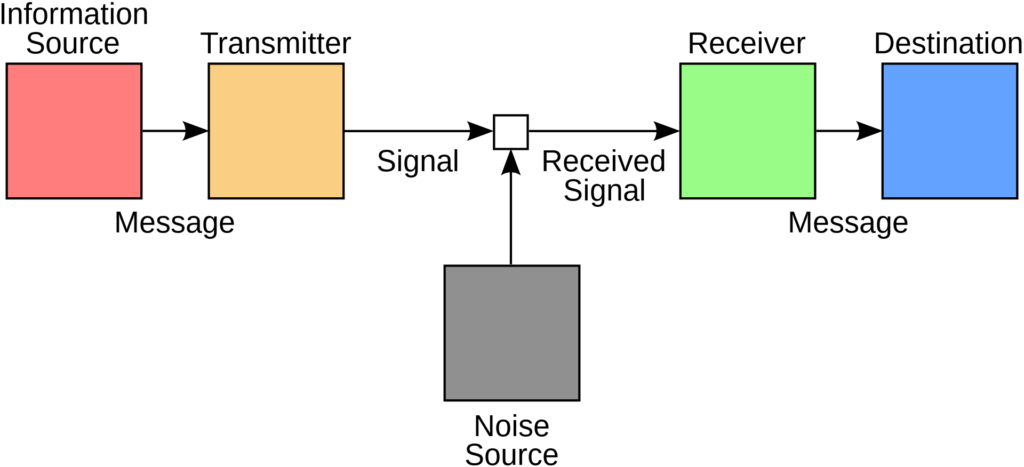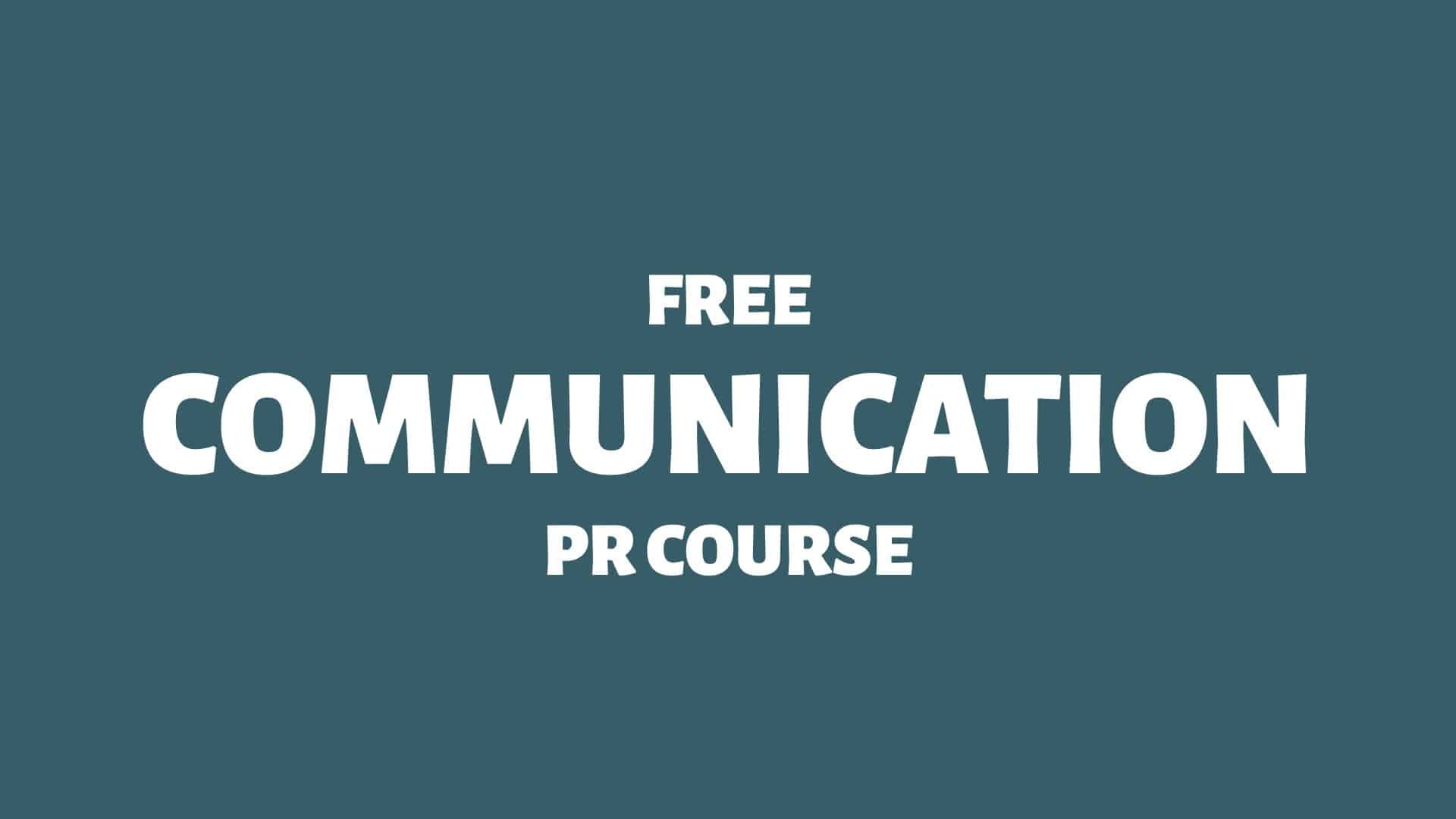The Shannon-Weaver Model of Communication is foundational.
The Shannon-Weaver Model of Communication outlines a linear process in which a message is sent from an information source to a destination through a channel, with interference from noise. It emphasises the importance of accurately encoding, transmitting, and decoding information.
Here we go:
The Shannon-Weaver Model of Communication
The Shannon-Weaver Model of Communication, also known as the Shannon-Weaver Theory, is a foundational concept in communication studies. Developed in 1948 by Claude Shannon and Warren Weaver, the model was initially created to improve technical communication, particularly for telephone and radio technologies. 1Shannon, C. E., & Weaver, W. (1949). The Mathematical Theory of Communication. Urbana: University of Illinois Press. 2Shannon – Weaver model. (2023, December 21). In Wikipedia. https://en.wikipedia.org/wiki/Shannon-Weaver_model

The Shannon-Weaver Model breaks down the process of communication into several components:
The Shannon-Weaver Model is significant for several reasons:
The Creators of the Model
Claude Shannon—An American mathematician, electrical engineer, and cryptographer known as “the father of information theory.” Shannon’s work laid the groundwork for the digital revolution.
Warren Weaver—An American scientist, mathematician, and science administrator, Weaver collaborated with Shannon to articulate the communication model, extending its application beyond technical fields.
Learn more: The Shannon-Weaver Model of Communication
Note: The Shannon-Weaver Index
Please note a significant difference between the Shannon-Weaver Model of Communication and the Shannon-Weaver Index, as they pertain to entirely different fields of study: 3Hennink, S., & Zeven, A. (1990). The interpretation of Nei and Shannon-Weaver within population variation indices. Euphytica, 51, 235 – 240. https://doi.org/10.1007/BF00039724
The main difference lies in their application: the Shannon-Weaver Model of Communication is used in communication studies to enhance understanding and efficiency of information exchange, while the Shannon-Weaver Index is applied in ecology to assess species diversity within ecological communities.

THANKS FOR READING.
Need PR help? Hire me here.

What should you study next?
Spin Academy | Online PR Courses

Spin’s PR School: Free Communication PR Course
Discover the power of effective communication in this free Communication PR Course. Explore now to elevate your public relations game — absolutely free!
Communications 101
Communication Skills
Learn more: All Free PR Courses
💡 Subscribe and get a free ebook on how to get better PR.

What should you study next?
Spin Academy | Online PR Courses

Spin’s PR School: Free Media PR Course
Elevate your public relations skills with this free Media PR Course—a must-have resource for all aspiring public relations professionals. Boost your career now!
Media Theory
Media Logic
Journalism
Digital Media
Learn more: All Free PR Courses
💡 Subscribe and get a free ebook on how to get better PR.

Annotations
| 1 | Shannon, C. E., & Weaver, W. (1949). The Mathematical Theory of Communication. Urbana: University of Illinois Press. |
|---|---|
| 2 | Shannon – Weaver model. (2023, December 21). In Wikipedia. https://en.wikipedia.org/wiki/Shannon-Weaver_model |
| 3 | Hennink, S., & Zeven, A. (1990). The interpretation of Nei and Shannon-Weaver within population variation indices. Euphytica, 51, 235 – 240. https://doi.org/10.1007/BF00039724 |


